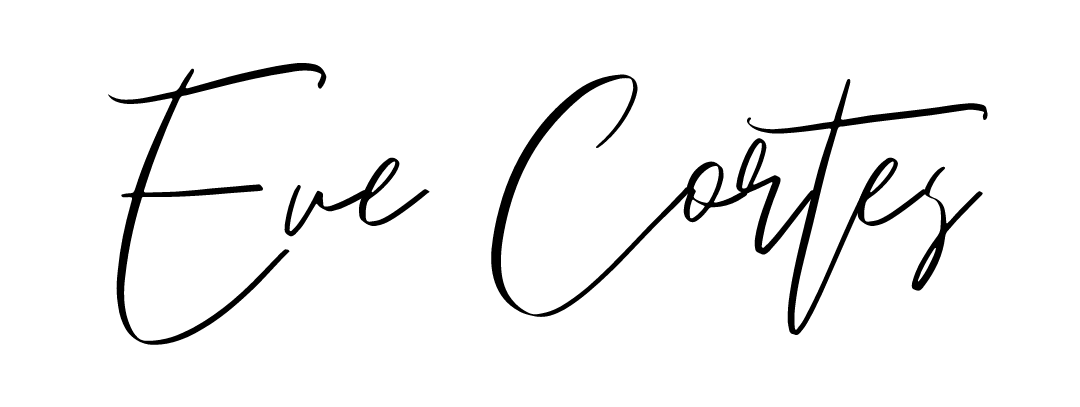Leadership often feels like juggling flaming swords.
You’re driving results, supporting your team, managing your personal life, and handling unexpected curveballs—all without missing a beat.
But how much are you really carrying?
I’ve sat across from countless leaders who’ve admitted, with a tired smile:
“I just don’t know how to say no.”
Beneath that admission is something deeper: exhaustion.
One client, an operations director, confessed:
“I’m the first one in the office and the last to leave. My team thrives, but I’m running on empty.”
I asked her what her personal red flags for burnout were. She paused and said:
“When my five-year-old stops asking if I’ll be home for dinner—because she already knows the answer.”
That hit me. Not because she was failing, but because she was doing what so many leaders do—believing that exceptional leadership means saying yes to everything and everyone.
Every “Yes” Carries Weight
When was the last time YOU gave yourself permission to step back and breathe without guilt?
Saying “yes” to every request comes at a cost.
When you say yes to more work, more meetings, and more responsibilities, you’re also saying no to something else—your focus, your energy, your peace.
Many leaders believe their worth is tied to how much they can carry. But great leadership isn’t about how much you carry—it’s about how wisely you choose what to carry.
Picture This
You wake up in the morning knowing your day is already overflowing with:
- Urgent emails
- Back-to-back meetings
- Last-minute requests
Your to-do list is impossible, but you’ll try to tackle it all.
Now imagine starting your day differently:
- Your calendar reflects your priorities, not someone else’s emergencies.
- You’ve blocked off time for deep, focused work.
- You say “no” to last-minute favors with calm confidence.
That’s what boundaries create: clarity, space, and strength.
The Fear of Boundaries
Why is it so hard to set boundaries?
Because you’re afraid:
- “What if people think I’m unreliable?”
- “What if everything falls apart if I step back?”
- “Am I only valuable because I’m always available?”
But boundaries don’t make you less committed—they make you more effective.
When you protect your energy, you give others your best, not your leftovers.
How to Reclaim Your Time and Energy
Small, intentional shifts can change everything:
Clarify Your Priorities
Ask yourself:
- What are the top three things I need to focus on to lead effectively?
- Which tasks am I holding onto that someone else could handle?
Not everything on your to-do list belongs to you.
Create Time Boundaries
Your best work happens when you protect time for it.
Block out at least 90 minutes each day for deep, uninterrupted work. During that time:
- Silence notifications
- Close your inbox
- Set expectations with your team
If someone requests your time, try this:
“I’m working on a project during that window, but I’m free afterward.”
This shows you’re committed to your work and available—on your terms.
Pause Before Saying Yes
Before you say “yes,” take a moment and ask:
- Is this aligned with my priorities?
- Am I saying yes because I want to—or because I feel guilty?
If your answer is guilt or fear, that’s your cue to pause.
Redefine Success
At the end of your day, reflect:
“Did I spend my time on what mattered most?”
Success isn’t about checking off everything—it’s about focusing on what’s meaningful.
A Story of Transformation
Months after our session, that operations director emailed me:
“I said no to a non-urgent project today—and I didn’t feel bad. I wrapped up on time, made it home for dinner, and when my daughter saw me walk in, she smiled like I’d made her whole day. That moment reminded me why I started this job in the first place.”
She didn’t become less of a leader—she became a better one.
Your Challenge
Look at your calendar today. Find one task, one meeting, or one obligation that doesn’t align with your priorities—and remove it.
Reclaiming even a single hour for yourself is a powerful act of leadership.
It’s Time to Lead Differently
Boundaries aren’t about stepping back—they’re about stepping into your full potential.
Your next step is simple: claim your free 30-minute Clarity Session
Together, we’ll identify what’s draining your energy, build a plan to transform your time, and help you lead with confidence, clarity, and calm.
Love,
Eve


